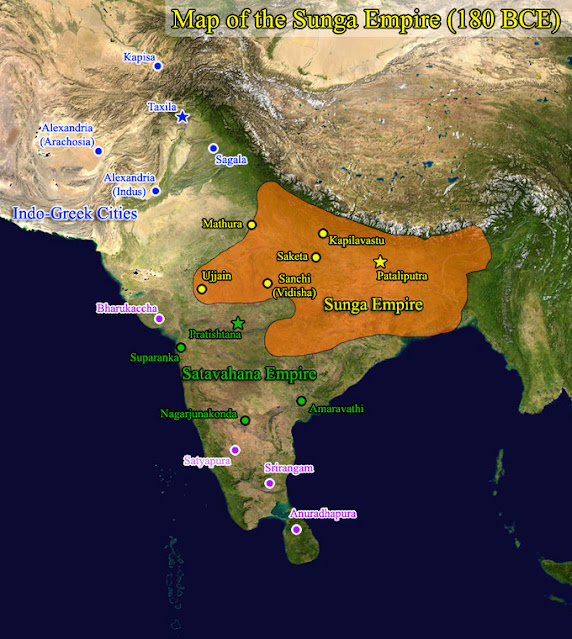The History of Bangladesh 🇧🇩🖤
Bangladesh has a rich and varied history that dates back to ancient times. The region that is now Bangladesh has been inhabited by various ethnic and linguistic groups for thousands of years. The history of Bangladesh can be divided into several periods:
1. Ancient Period: The ancient history of Bangladesh is largely characterized by the influence of Buddhism and Hinduism. The region was ruled by various dynasties, such as the Maurya, Gupta, and Pala empires.
Ancient period: The region was part
of the Mauryan Empire from the 4th to the 2nd century BCE. During this period, Buddhism and Jainism became popular in the region. In the 8th century CE, the Pala dynasty emerged and established their capital in the city of Pundravardhana, now known as Mahasthangarh. The Palas were patrons of Buddhism and made significant contributions to the development of Bengali language and literature.
2. Islamic Period: In the 13th century, the region came under the rule of Muslim rulers and became an important center of Islamic learning. The Sultanate of Bengal was established in the 14th century, and the region saw the rise of several powerful dynasties such as the Ilyas Shahi and the Hussain Shahi.
3. British Period: Bangladesh became a part of British India in the 18th century and remained so until 1947 when India was partitioned and Pakistan was created as a separate Muslim state. Bangladesh was a part of Pakistan until 1971, when it gained independence following a bloody war.
4. Independent Bangladesh: Following independence, Bangladesh faced many challenges, including political instability, economic hardship, and natural disasters. Despite these challenges, the country has made significant progress in areas such as education, health care, and women's empowerment.
Today, Bangladesh is a developing country with a rich cultural heritage and a vibrant economy. It has made significant strides in poverty reduction, education, and social development, and is working to address the challenges it still faces.
Bangladesh is a country located in South Asia and has a rich and diverse history that dates back several millennia. The region that is now Bangladesh was inhabited by various ethnic groups and kingdoms throughout history. Here is a brief overview of the country's history:
Pre-historic period: Archaeological evidence suggests that human habitation in the region of Bangladesh dates back to the Paleolithic era, around 20,000-30,000 years ago.
Medieval period: In the 13th century, the region came under the rule of the Delhi Sultanate. Later, the Bengal Sultanate emerged in the 14th century, which was known for its prosperous trade and commerce. During this period, the region saw the emergence of the Sufi movement and the rise of Bengali literature.
Colonial period: The region came under British colonial rule in the 18th century and was a part of British India until 1947. The region was part of the Bengal Presidency and saw significant developments in agriculture, infrastructure, and education.
Independence and modern period: Bangladesh emerged as an independent country in 1971 after a bloody war of independence from Pakistan. The country has made significant progress in economic and social development since then, although it still faces many challenges, including poverty, political instability, and environmental degradation.
Overall, Bangladesh's history is characterized by a rich cultural heritage, a legacy of trade and commerce, and struggles for independence and progress.







.jpg)
.svg.png)

-_Da'ud_Receives_a_Robe_of_Honor_from_Mun'im_Khan_-_Google_Art_Project.jpg)


.jpeg)